Louise Nevelson (Ukrainian/American, 1899-1988). Black plaster abstract sculpture depicting a figure on a marble base, ca. 1935. Exhibitions: Washburn Gallery, New York, "Louise Nevelson: Sculpture and Drawings from the 1930s," March 21 - April 19, 1997. Provenance: Estate of the Artist; Private Florida Collection; Washburn Gallery; Private Massachusetts Collection; Private Minnesota Collection. Lot Essay: Louise Nevelson was a powerhouse of modernist sculpture. Her bold constructions using found objects shook the art world, as did her often scandalous, larger than life persona. Her work was cutting-edge during her lifetime and remains relevant, her unique approach to storytelling and her breathtaking, gothic silhouettes as fascinating to modern viewers as they were to her contemporaries. Louise Nevelson was born to a poor Jewish family in Kiev in what was then the Russian Empire in 1899, but immigrated to the United States with her family in 1901. The family settled in Rockland, Maine, where her father ran a lumberyard. She often played with the scraps as a child, taking an early interest in sculpture. In school, she had no aptitude for academics, but excelled in her art classes, and enjoyed creating whimsical clothing for herself, constructing hats and other items. When she was eighteen, she was introduced to Charles Nevelson, a wealthy New Yorker, by his brother Bernard, with whom she had become friends when his work in the shipping business had taken him to Rockland. They married in 1918, and she moved to New York City. She was immediately enraptured by the city, and took full advantage of the opportunities it offered to a young woman with a thirst to learn: she took acting and music classes, attended concerts and lectures, and visited museums. Despite her love for her new home, Nevelson found herself very unhappy in her marriage, particularly after the birth of her son. She found escape in visiting museums, where she was inspired by things as diverse as Japanese Noh theater costumes and cubist artworks, and by attending art classes at the Art Students League. Finally, in 1931, she left her husband and traveled to Munich to study with Hans Hofmann Cubism as he taught it resonated with Nevelson, and had a major effect on shaping her later work. In her words, “[i]f you read my work, no matter what it is, it still has that stamp. The box is a cube.†After traveling for a few more months, she returned to the United States to be with her family, but soon returned to Europe, eager to learn more in the art schools of Paris. After a brief stay there, she returned to the United States and the Art Students League. She soon met Diego Rivera and began working as an assistant to him. She continued to take every opportunity to expand her art horizons, even taking up modern dance as part of her ongoing fascination with space and how space is occupied. In 1941, Nevelson had her first show at Nierendorf Gallery, marking her breakthrough in the fine art world. She displayed sculptures created from boxes, leveraging her Cubist roots and obsession with space into something entirely new. She began receiving critical recognition, and continued expanding her work, moving literally outside the box. Around this time, Nevelson first began working with found objects. She felt that found objects already had stories of their own to tell, and assembling them as she was allowed her to contribute to those stories, and to keep the stories of discarded objects alive in a powerful way. While the way she manipulated these objects in her sculptures varied significantly throughout her career, their presence remained a constant. In the mid-1940s, she began exhibiting her work regularly, and her success continued from there. Throughout the 1950s and 1960s, her work was purchased by major museums, and she began receiving commissions to create the kinds of found-object sculptures for which she had become well known. These iconic sculptures were dark, monochr
Louise Nevelson (Ukrainian/American, 1899-1988). Black plaster abstract sculpture depicting a figure on a marble base, ca. 1935. Exhibitions: Washburn Gallery, New York, "Louise Nevelson: Sculpture and Drawings from the 1930s," March 21 - April 19, 1997. Provenance: Estate of the Artist; Private Florida Collection; Washburn Gallery; Private Massachusetts Collection; Private Minnesota Collection. Lot Essay: Louise Nevelson was a powerhouse of modernist sculpture. Her bold constructions using found objects shook the art world, as did her often scandalous, larger than life persona. Her work was cutting-edge during her lifetime and remains relevant, her unique approach to storytelling and her breathtaking, gothic silhouettes as fascinating to modern viewers as they were to her contemporaries. Louise Nevelson was born to a poor Jewish family in Kiev in what was then the Russian Empire in 1899, but immigrated to the United States with her family in 1901. The family settled in Rockland, Maine, where her father ran a lumberyard. She often played with the scraps as a child, taking an early interest in sculpture. In school, she had no aptitude for academics, but excelled in her art classes, and enjoyed creating whimsical clothing for herself, constructing hats and other items. When she was eighteen, she was introduced to Charles Nevelson, a wealthy New Yorker, by his brother Bernard, with whom she had become friends when his work in the shipping business had taken him to Rockland. They married in 1918, and she moved to New York City. She was immediately enraptured by the city, and took full advantage of the opportunities it offered to a young woman with a thirst to learn: she took acting and music classes, attended concerts and lectures, and visited museums. Despite her love for her new home, Nevelson found herself very unhappy in her marriage, particularly after the birth of her son. She found escape in visiting museums, where she was inspired by things as diverse as Japanese Noh theater costumes and cubist artworks, and by attending art classes at the Art Students League. Finally, in 1931, she left her husband and traveled to Munich to study with Hans Hofmann Cubism as he taught it resonated with Nevelson, and had a major effect on shaping her later work. In her words, “[i]f you read my work, no matter what it is, it still has that stamp. The box is a cube.†After traveling for a few more months, she returned to the United States to be with her family, but soon returned to Europe, eager to learn more in the art schools of Paris. After a brief stay there, she returned to the United States and the Art Students League. She soon met Diego Rivera and began working as an assistant to him. She continued to take every opportunity to expand her art horizons, even taking up modern dance as part of her ongoing fascination with space and how space is occupied. In 1941, Nevelson had her first show at Nierendorf Gallery, marking her breakthrough in the fine art world. She displayed sculptures created from boxes, leveraging her Cubist roots and obsession with space into something entirely new. She began receiving critical recognition, and continued expanding her work, moving literally outside the box. Around this time, Nevelson first began working with found objects. She felt that found objects already had stories of their own to tell, and assembling them as she was allowed her to contribute to those stories, and to keep the stories of discarded objects alive in a powerful way. While the way she manipulated these objects in her sculptures varied significantly throughout her career, their presence remained a constant. In the mid-1940s, she began exhibiting her work regularly, and her success continued from there. Throughout the 1950s and 1960s, her work was purchased by major museums, and she began receiving commissions to create the kinds of found-object sculptures for which she had become well known. These iconic sculptures were dark, monochr

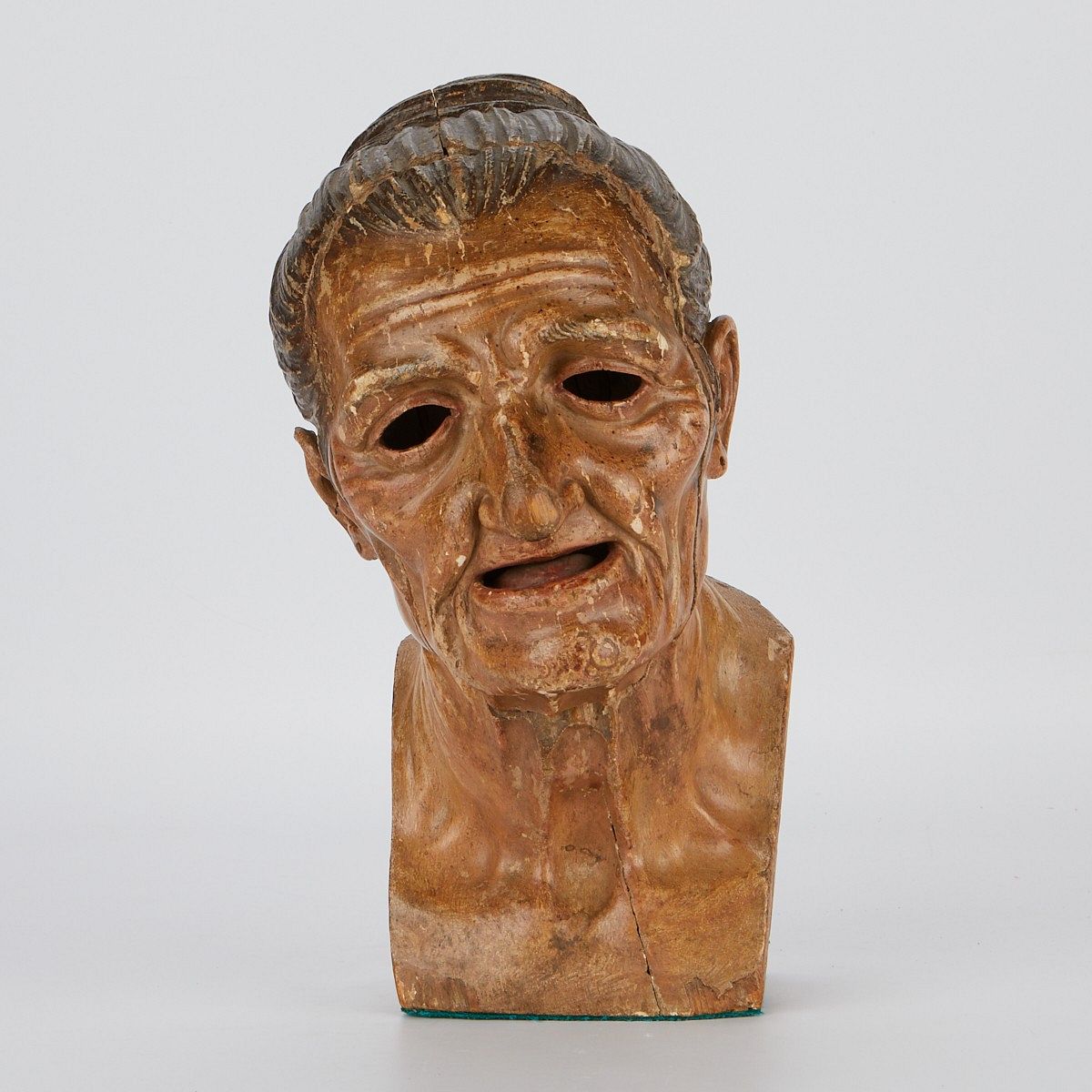


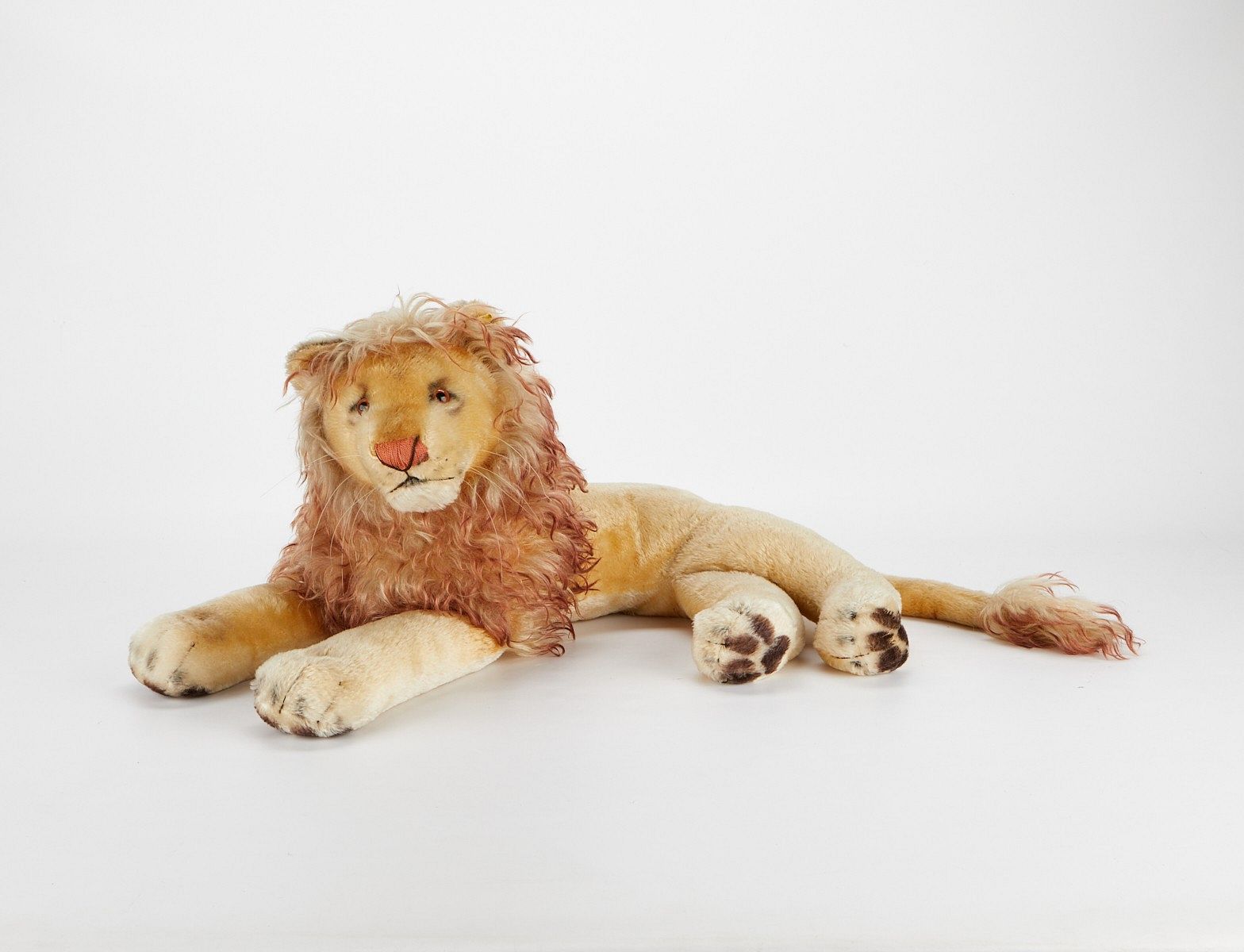

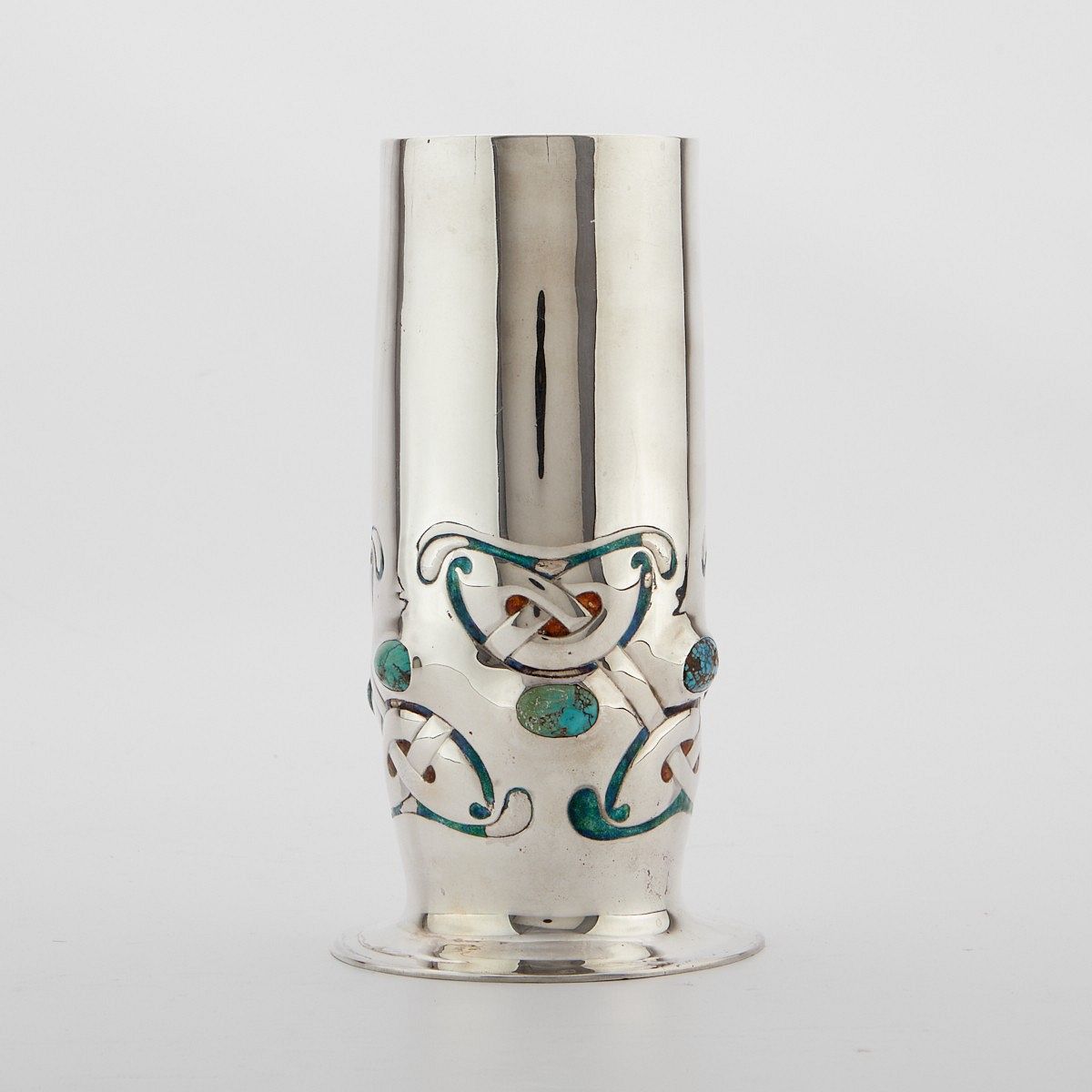
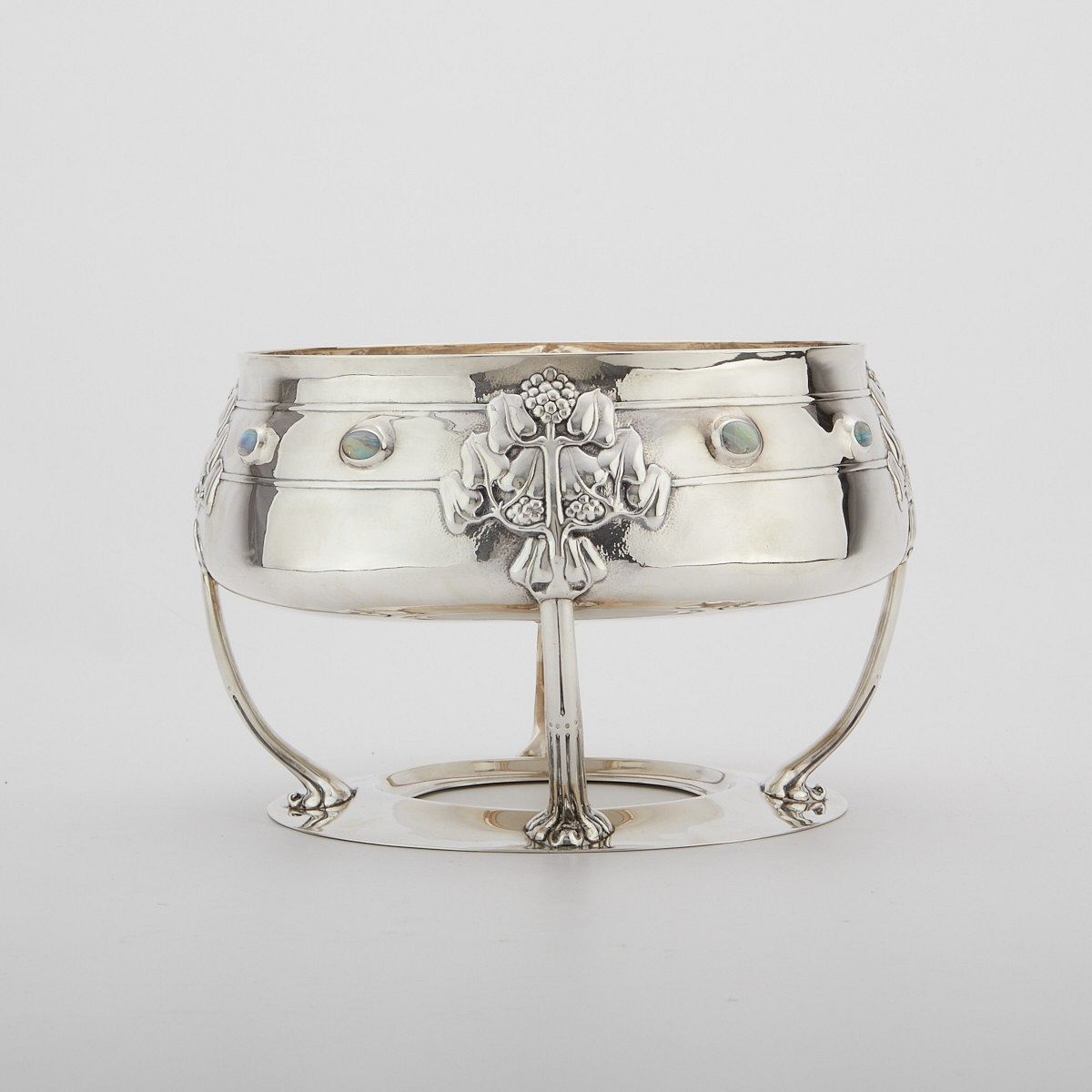



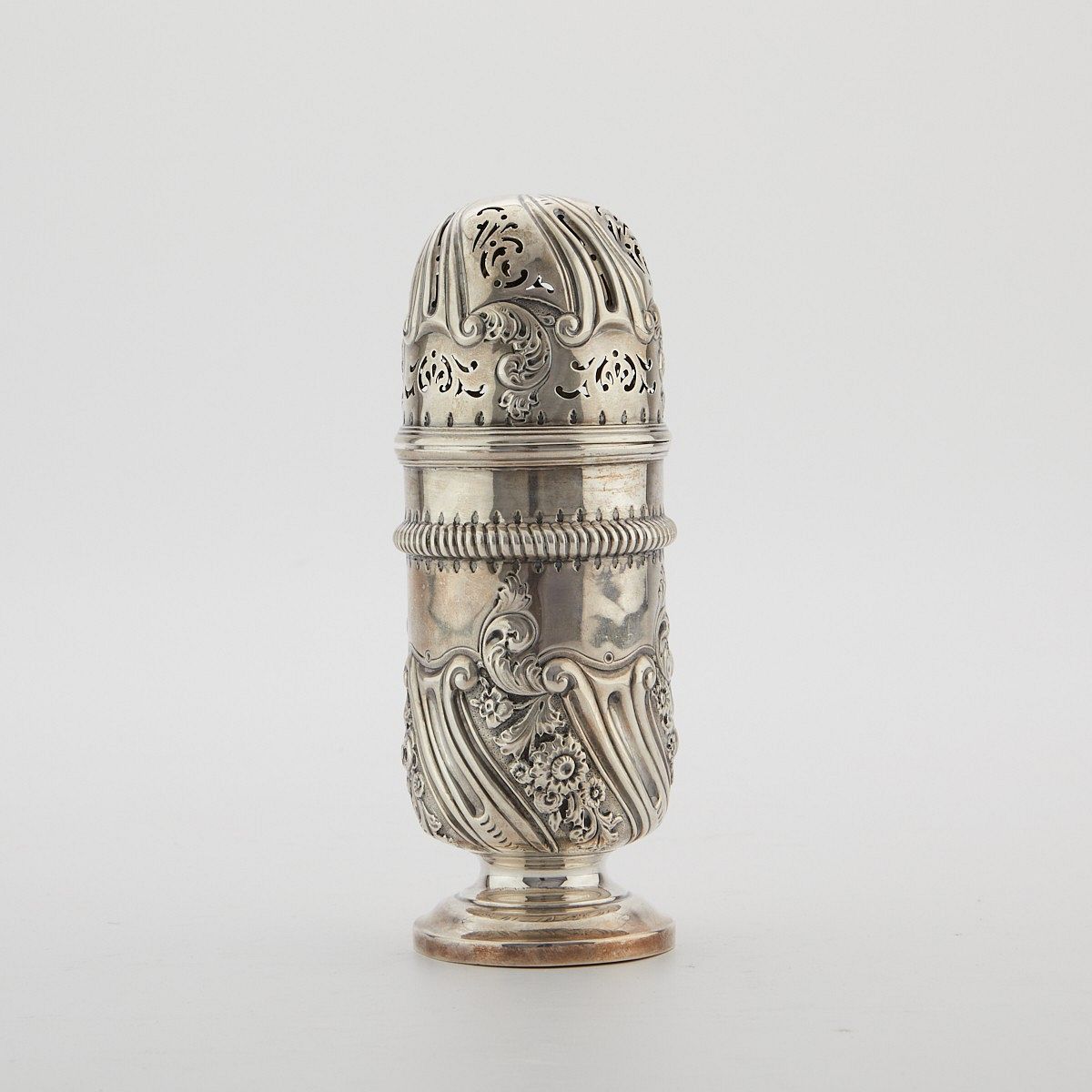

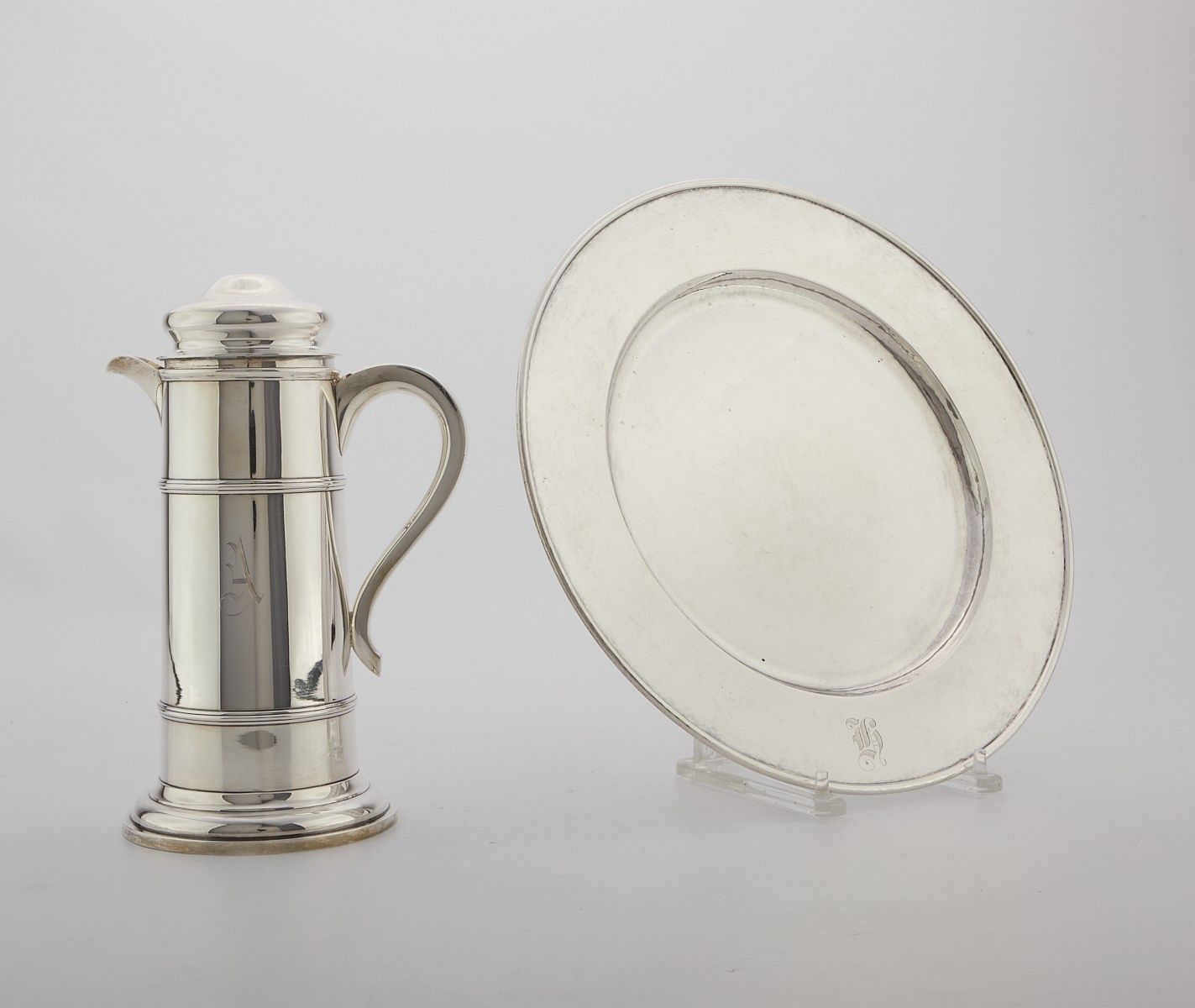
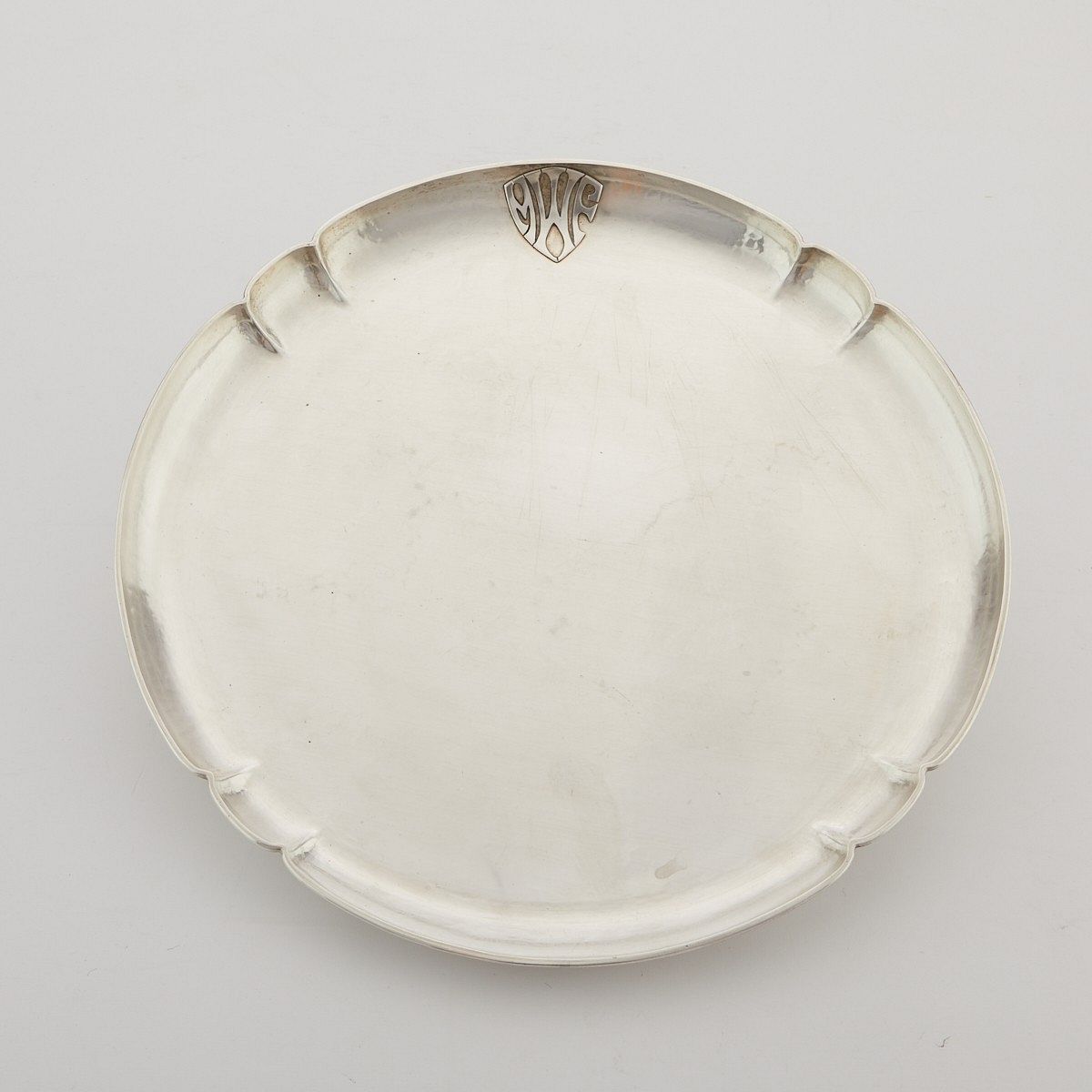
Testen Sie LotSearch und seine Premium-Features 7 Tage - ohne Kosten!
Lassen Sie sich automatisch über neue Objekte in kommenden Auktionen benachrichtigen.
Suchauftrag anlegen